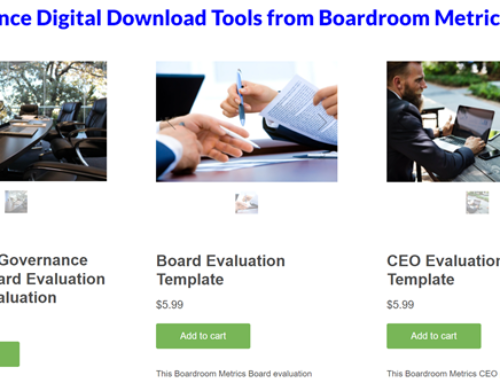
Author: Gabriella Fermo
Change is everywhere.
Be it a simple change to your company website, or a major change to processes or technology, you will need to know how to manage change.
The pace of change is also increasing, which means that you may be managing multiple business changes simultaneously while still keeping up with your day-to-day work. No wonder change management skills are in high demand!
In his book, ‘Change Management: The People Side of Change’ Jeffrey Hiatt notes that the secret to successful change is rooted in facilitating change at an individual level first.
By engaging individuals at all stages of the change process, each individual develops a sense of ownership for implementing and sustaining business improvement initiatives. In turn, the likelihood that organizations reap the benefits of organizational change increases.
But how do you drive organizational change? The answer lays in the Change Equation.
The Change Equation, developed by Richard Beckhard and David Gleicher and published in their book ‘Organizational Transitions: Managing Complex Change‘, is a simple change model that shows us how to engage individuals at all stages of the change process in order to achieve successful organizational change.
The Change Equation states that in order for change to occur, dissatisfaction with the status quo, a clear vision, and first steps towards the vision must be greater than the resistance to change.
In other words:

Put the Change Equation Into Practice To Get the Results You Want
The following are some best practices tips and suggestions for making sure your workforce is prepared to implement business improvements and drive successful organizational change.
Dissatisfaction
The Prosci® ADKAR® model can help you to understand the major elements that typically create dissatisfaction with the current state. The Desire (D) ADKAR® element, in particular, can help you focus on activities that increase people’s appetite for embracing new and different ways of doing things.
For instance, if you want to create dissatisfaction with the current state, you can describe why the usual way of doings things is no longer working. To create greater affinity with your proposed solution, highlight the benefits of implementing change, and make sure that you answer “what’s in it for me” for all individuals affected by organizational changes.
Vision
Throughout the change process, effective leaders provide a compelling vision for what is changing and what the future looks like. In reality, Prosci® change management benchmarking studies point to a lack of awareness and lack of visible management support for change as being among the top culprits for change resistance.
The same Prosci® studies call out the top three leadership roles that create a clear, compelling vision. Study findings tell us that leaders must participate throughout the change process, communicate directly with affected groups, and build a coalition of sponsors across the organization.
First Steps
Transforming your vision into tangible business improvements means preparing people to take the necessary steps to transform your vision into reality. Steps can (and should) be grouped into short- and long-term “SMART” goals – specific, measurable, attainable, realistic, and time-bound actions – that will propel the organization forward in the change journey.
Taking first steps into unfamiliar territory can be daunting. Those affected by change must be convinced that the change is desirable, purposeful, and executable. Make sure to delegate accountability, communicate quick wins, celebrate milestones, and recognize people for their hard work along the road of organizational change.
The ancient Chinese philosopher, Lao Tzu, said it best. “The journey of a thousand miles begins with a single step”.
What is Your Next Step for Managing Change?
Reflect on your own successes in managing organizational change. As with most businesses, some changes may have been more successful than others. However, there are things you can do to influence the success of your changes initiatives.










Leave A Comment